Safety of passenger traffic
RESULTS OF THE CONFERENCE ON «PASSENGER TRANSPORTATION SAFETY»
The 13th Belarusian Transport Week that took place on October 2–3, 2019 hosted the Conference on Passenger Transportation Safety that was organized on behalf of Belarusian Ministry of Transport and Communications by Belarusian Transport Research Institute Transtekhnika with the support of the Central European Initiative Fund.
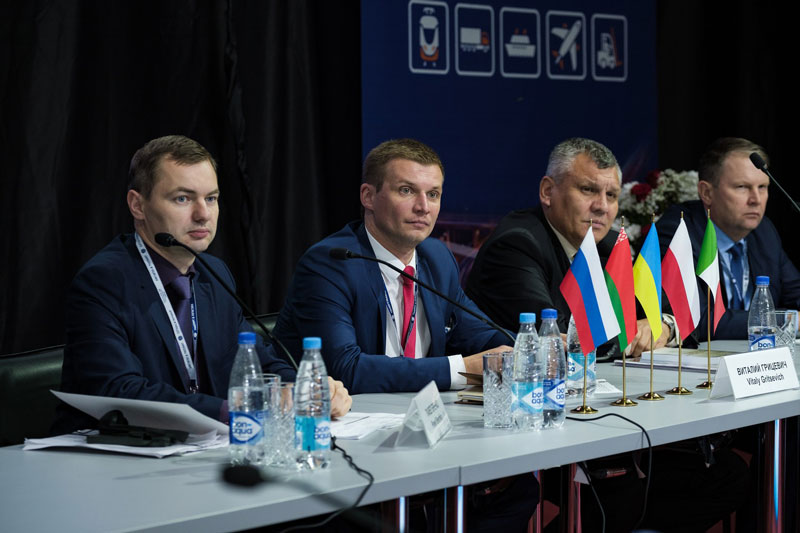 |
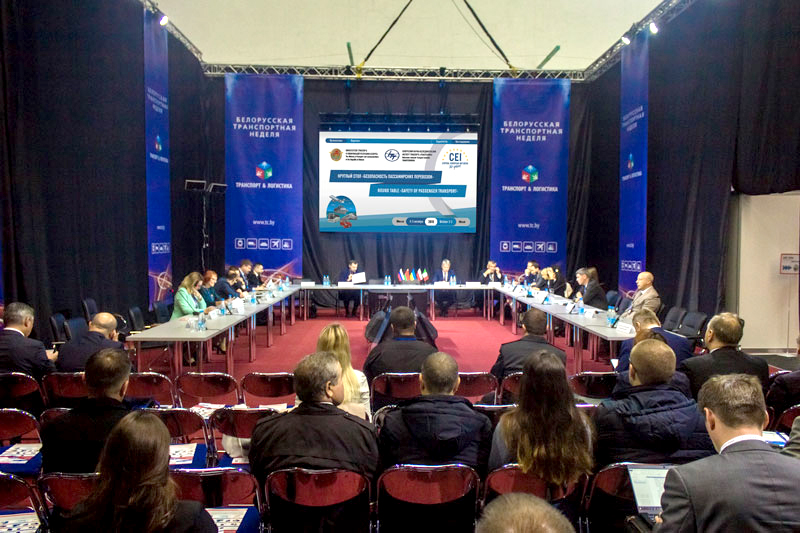 |
The Conference was attended by 84 representatives of 75 organizations, institutions, and departments. Among the participants were the authorities, the Professional Passenger Carriers Association, academics, managers and professionals of transport companies etc. With the support of the Central European Initiative Fund, researchers from Turin Polytechnic University (Italy) and Kharkiv National Automobile and Highway University (Ukraine) were invited. The Conference was also attended by experts from Poland and the Russian Federation.
During the two-day work of the Conference that took place in the form of a panel discussion in the Congress Hall of the Football Arena (20/2 Pobediteley Avenue, Minsk), the participants were able to share their ideas and experience on the passenger safety issue.
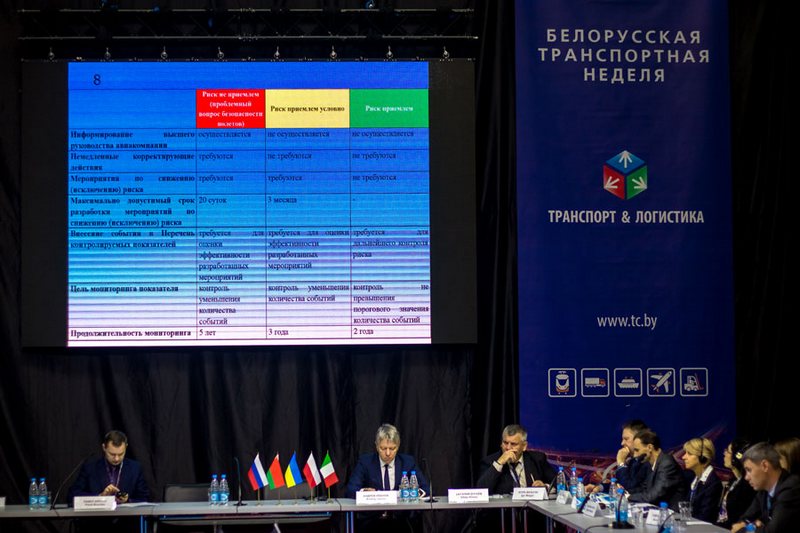 |
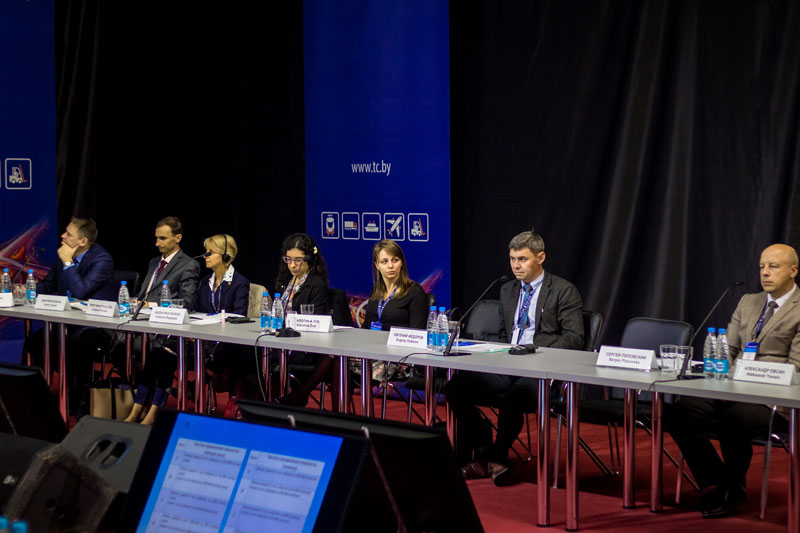 |
Wrapping up the results of the Conference, the participants came to an agreed opinion on a number of issues:
1) The practice of categorizing passenger transportation risks into three categories (unacceptable risk, tolerable risk, and acceptable risk) used in the civil aviation industry can be extended to other modes of transport to develop corrective actions and a scale of penalties and liability. The passenger transport development is inherent to the improvement of the accident prevention system.
2) The experts of the Conference agreed that 85–90% of accidents occur due to the human factor. The opinions of experts from various countries are confirmed by statistics of the International Society of Transport Aircraft Trading (ISTAT, 2019). In 2018, 40.8% of traffic accidents in the EU occurred as a result of driver’s distraction when using a smartphone, failure to observe traffic priority rules and traffic signals, and speeding.
3) The participants of the Conference agreed that driving standards must be raised through multi-stage training programs, including those integrated into the general education system. The experts discussed an option of issuing temporary two-year driver licenses to the drivers who completed a driving training school course and later replace the temporary license with a permanent one. Issuance of a permanent driver license may involve completion of a mandatory advanced training course with final certification.
It is advisable to provide for mandatory advance training courses for those drivers with permanent licenses who regularly violate traffic rules (by ranking violations according to the level of danger to others) or have initiated a traffic accident.
4) According to the participants of the Conference, speed limit compliance is largely determined by the penalty scheme, and the amount of a penalty should be significant in comparison with the local consumer basket. The psychological factor when the majority of drivers accept the established speed limits is also important. The applicable speed limits should meet the driver’s need for fast and comfortable movement and at the same time they must ensure safety of the most vulnerable road users (pedestrians and cyclists). This approach implies the creation of additional speed limit areas (with a limit of max 30 km per hour) in intensive pedestrian traffic areas where sidewalks are directly adjacent to the roadway. At the same time, it is advisable to enhance the practice of increasing the speed limit in the stretches of main streets and roads if there is no pedestrian traffic or pedestrian safety is ensured by engineering methods.
5) Passenger transportation safety is mostly impacted by the human factor along with technological and technical factors that reflect the quality of vehicles and transport infrastructure. Accordingly, corrective actions should be focused on a set of factors that affect the accident rate.
6) According to CE Delft, an independent research and consulting agency, the EU costs associated with unsafe transport in 2019 amounted to 987 billion EUR, where 29% accounts for accidents; 27% for traffic congestion, 44% for environmental protection (climate change, air pollution, noise, damage to the environment) [Source: CE Delft et al., 2019, Executive Summary]. The social costs of traffic accidents are not covered by insurance premiums. Insurance is generally aimed at covering medical risks and restoring the insurance object. Unaccounted costs are associated with indirect social consequences (loss of utility of the victim, suffering of victims and their relatives), administrative and other costs.
According to the World Health Organization, 1.4 million people died as a result of traffic accidents worldwide in 2016.
In road accidents in 2017, 25,249 people died in the EU countries. For comparison, the death rate was 76,000 in 1990, 55,000 in 2001, and 26,000 in 2013. After 2013, no drastic death rate decrease has been observed. We need new breakthrough solutions to improve the traffic process organization. Traffic accidents are the most common cause of death in three population groups: aged 1–14 (9.5% males, 7% females), aged 15-24 (34% males, 25% females) and aged 25–44 (14% males , 5% females) [International Society of Transport Aircraft Trading, ISTAT, 2014].
7) Intelligent transport systems that inform the driver of a possible risk stimulate the driver’s behavioral adaptation and are designed to mitigate hazards. According to EU law, the transport system is becoming intelligent when information is a key (rather than external or random) element and plays a crucial role [European Parliament and Council of the European Union. Directive 2010/40/EU; Official Journal of the European Union: Brussels, Belgium, 2010].
8) The Conference discussed the efficiency of driver assistance systems ADAS (Advanced Driver-Assistance Systems) that inform the driver of possible dangers along the way. Though such systems offer undeniable advantages, some experts believe that they do not always provide for a sufficient response time. Also, elements of ADAS systems can be annoying or distracting drivers from the traffic situation.
9) In 2016, the European Commission [EC (European Commission), COM (2016) 766 Final communication from the Commission to the European Parliament, the Council, the European Economic and Social Committee and the Committee of the Regions. A European strategy on Cooperative Intelligent Transport Systems, a milestone towards cooperative, connected and automated mobility. Brussels 11/30/2016. 12 p.] adopted a strategy for cooperative intelligent transport systems.
Cooperative Intelligent Transport Systems (C-ITS) are an extension of Intelligent Transport Systems (ITS). C-ITS provide for vehicle-to-infrastructure and vehicle-to-vehicle interaction. Cooperative intelligent transport systems offer a greater time margin to response to hazards than on-board units and better benefits in non-line-of-sight conditions.
10) Belarusian Ministry of Sports and Tourism emphasized the need to improve the road infrastructure near tourist sites.
Numerous cultural sites on tourist maps are located in close proximity to highways. Parking of tourist buses near such objects creates an accident risk, especially in the dark, if no corresponding road infrastructure (parking bays or lots) is available.
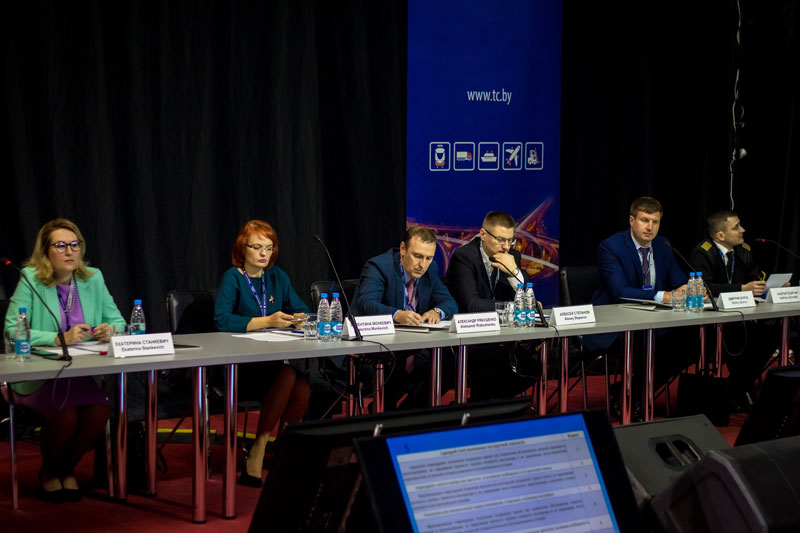
|
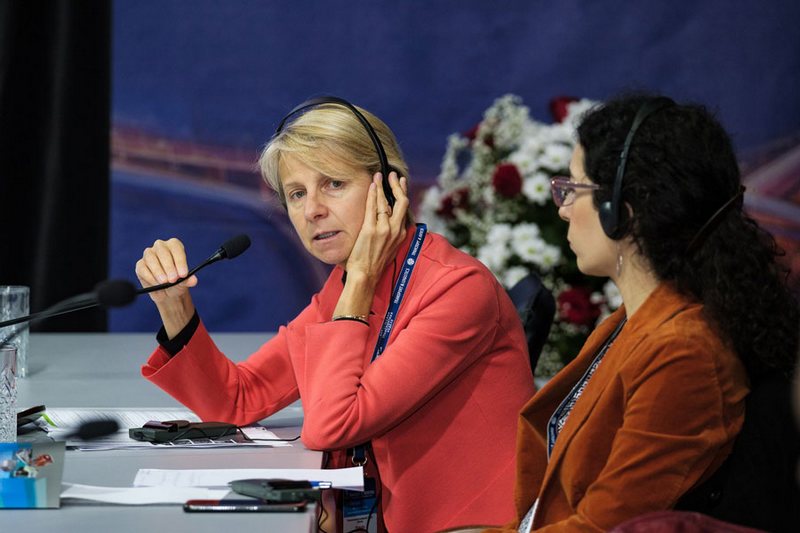
|
In light of the foregoing, participants of the Conference make the following recommendations:
1) Request Belarusian Ministry of Transport and Communications to consider amending laws and regulations on driver training, retraining, and advanced training.
2) Request Belarusian Ministry of Education to consider developing a curriculum to shape out the traffic process behavior and driving standards as a future driver in schoolchildren.
3) Request Belarusian Ministry of Transport and Communications to consider a proposal to develop a program on parking bay construction near tourist sites.
4) Request Belarusian Ministry of Transport and Communications and Belarusian Ministry of Internal Affairs to consider a proposal to impose stricter speed limit penalties.


